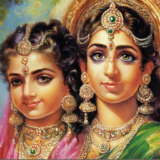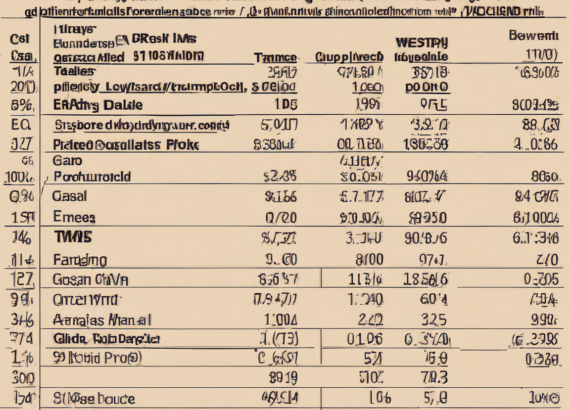Introduction
Munshi Premchand, the pen name of Dhanpat Rai Shrivastava, was a prolific writer whose work has left an indelible mark on Indian literature. Born on July 31, 1880, in Lamhi, near Varanasi, he is considered one of the foremost Hindi-Urdu writers of the early 20th century. Premchand’s realist approach and portrayal of the struggles of the common man have made his works timeless and relevant even today.
Early Life and Influences
Premchand’s early life was marked by financial hardships, which deeply influenced his writing. He lost his father at a young age and had to take on odd jobs to support his family. Despite these challenges, he continued his education and developed a love for literature. He was heavily influenced by the works of writers like Molière, Tolstoy, and Tagore, which reflected in his own storytelling style.
Literary Contributions
Premchand’s literary career spanned over three decades, during which he wrote numerous short stories, novels, and essays. His works often depicted the social and economic issues faced by the common people in India. Some of his most famous works include Godaan, Seva Sadan, Nirmala, and Kafan. Premchand’s writing style was characterized by its simplicity and realism, which struck a chord with readers across the country.
Themes and Motifs
One of the central themes in Premchand’s works is the struggle for social justice. He often highlighted the injustices faced by the lower castes, women, and the poor in Indian society. Family dynamics and relationships were also recurring motifs in his stories. Premchand’s characters were often complex and relatable, making his stories resonate with readers from all walks of life.
Impact on Indian Literature
Premchand’s legacy in Indian literature is immense. His realistic portrayal of societal issues paved the way for future writers to explore similar themes in their work. He was a pioneer in the Hindi-Urdu literary movement and played a significant role in popularizing the language among the masses. His stories continue to be studied in schools and universities, ensuring that his legacy lives on for generations to come.
Reception and Criticism
While Premchand’s works were widely acclaimed during his lifetime, he also faced some criticism for his portrayal of certain social issues. Some critics felt that his narratives were too bleak or pessimistic, while others believed that his writing style was too simplistic. However, his enduring popularity among readers has solidified his place as one of the greatest literary figures in Indian history.
Legacy and Honors
Premchand passed away on October 8, 1936, but his legacy lives on. He is remembered as a literary giant whose works continue to inspire writers and readers alike. In his honor, several institutions and awards have been named after him, including the prestigious Munshi Premchand Award given for outstanding contributions to Hindi literature.
Conclusion
Munshi Premchand’s contributions to Indian literature are unparalleled. His realistic portrayal of social issues, complex characters, and timeless themes have solidified his place as one of the greatest writers in the Hindi-Urdu literary tradition. His works remain relevant and powerful, continuing to captivate audiences with their profound insights into the human condition.
Frequently Asked Questions (FAQs)
1. What are some of Munshi Premchand’s most famous works?
– Some of Premchand’s most famous works include Godaan, Seva Sadan, Nirmala, and Kafan.
2. What was Munshi Premchand’s writing style like?
– Premchand’s writing style was characterized by its simplicity and realism. He often highlighted social issues and portrayed the struggles of the common man.
3. How did Munshi Premchand’s early life influence his writing?
– Premchand’s early life, marked by financial hardships, deeply influenced his writing. His experiences dealing with poverty and social inequality were often reflected in his stories.
4. What themes did Munshi Premchand often explore in his works?
– Premchand often explored themes such as social justice, family dynamics, relationships, and the struggles of the common people in Indian society.
5. What is Munshi Premchand’s legacy in Indian literature?
– Premchand’s legacy in Indian literature is immense. He is considered a pioneer in the Hindi-Urdu literary movement and continues to inspire writers with his timeless works.
6. What criticisms did Munshi Premchand face during his career?
– While widely acclaimed, Premchand faced criticism for his bleak narratives, pessimistic outlook, and simplistic writing style by some critics.
7. How has Munshi Premchand been honored posthumously?
– Several institutions and awards have been named after Munshi Premchand, including the prestigious Munshi Premchand Award for outstanding contributions to Hindi literature.
8. What languages did Munshi Premchand write in?
– Munshi Premchand primarily wrote in Hindi-Urdu, using his literary prowess to bring attention to social issues and inequalities in Indian society.
9. What impact did Munshi Premchand have on future generations of writers?
– Premchand’s realistic portrayals of societal issues have had a lasting impact on Indian literature, inspiring future generations of writers to explore similar themes in their work.
10. How are Munshi Premchand’s works perceived by modern readers?
– Despite being written in the early 20th century, Munshi Premchand’s works remain relevant and powerful, resonating with modern readers due to their profound insights into the human condition.






